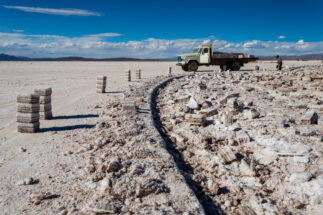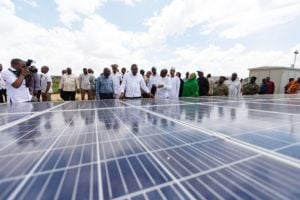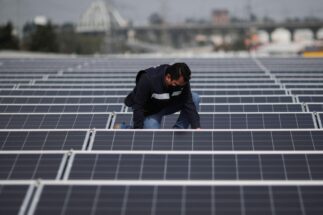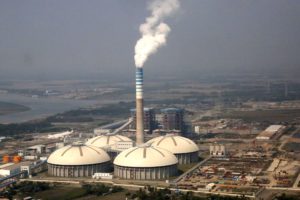Last month, the United States Congress finally passed meaningful climate change legislation, after a surprise deal between Democrats resulted in the Inflation Reduction Act. Nearly US$370 billion of spending has now been earmarked for clean energy, efficiency, electric vehicles (EVs), carbon removal, environmental justice and nature protection, as well as investments in healthcare, tax reforms and public deficit reductions.
It is one of the biggest climate stories in recent years, and though the act is far from perfect, it constitutes a historic shift for the USA. It is also a lesson in communication: following earlier failures in congress, its inflation-fighting rebrand has shown that climate change is not only about the environment, but also about jobs and reducing energy prices.
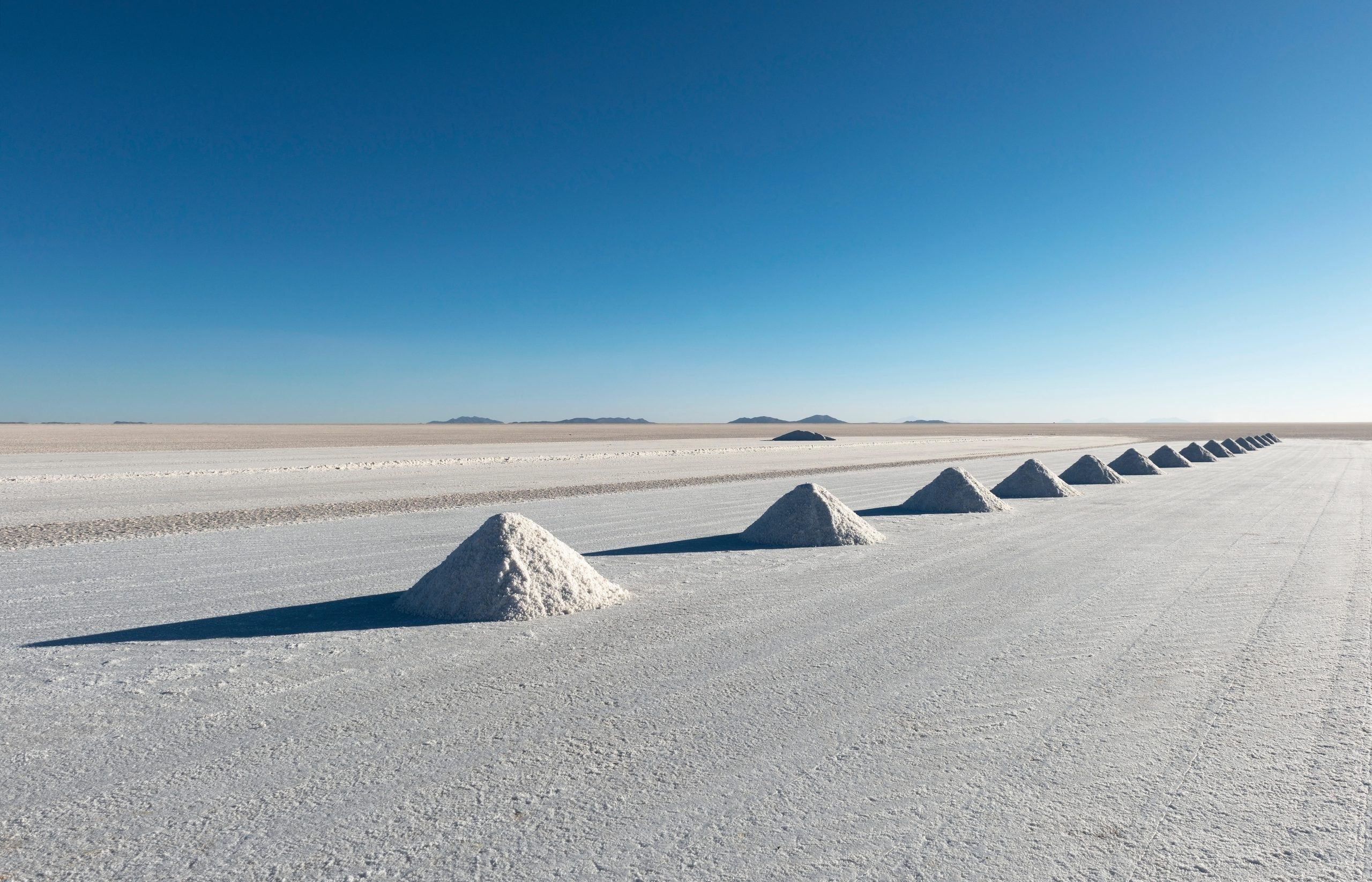
Alongside other economic and social goals, the act looks to drive a 40% reduction in US carbon emissions by 2030, compared to 2005 levels. Its success will therefore be underpinned by a secure supply of minerals required for the clean energy technologies it promotes, such as solar panels, wind turbines and EVs.
Given the current state of business in critical minerals such as copper, iron, lithium, aluminium and rare earths, as well as the prospect of further bottlenecks, the Inflation Reduction Act might fall short of achieving its goals. The tall task of implementing its policy package also becomes clear after considering geopolitical restrictions within the act, and mining’s chequered track record in matters of environmental and social justice.
These issues do, however, create opportunities to rethink how we approach minerals in our economy, to redefine how we manage them, and to discuss how policies can make increased mining unnecessary in the first place.
Mining is a double-edged sword
The uncomfortable fact is that low-carbon technologies are mineral intensive, which puts pressure on the mining industry as the world looks to transition away from fossil fuels. An onshore wind turbine, for example, uses four times the weight of minerals per megawatt of capacity than a coal power plant does – a trade-off for its clean, fossil-free production once in operation.
The World Bank projects that by 2050 the world’s annual demand for minerals will triple, and could increase even more if climate targets become more ambitious. However, mining is a slow business, with new mines in the US taking between seven and 10 years to get up and running. Industry representatives have themselves expressed uncertainty over whether they will be able to meet demand. Therefore, relying on ramping up mineral production might not be enough.
The Inflation Reduction Act not only adds to US demand for minerals, but is very clear at only allowing certain countries to provide them, once more illustrating how climate and geopolitics are closely entangled. In particular, the act’s celebrated EV tax credits are only applicable if a percentage of battery minerals are sourced or processed in the US or one of its free-trade-agreement partners, with thresholds also getting more stringent over time. This combination of trade and geopolitical considerations excludes important reserves from the tax credits, such as Indonesia’s nickel and Argentina’s lithium.
We could be placing the fate of a clean and just energy transition in an industry that is neither clean nor just
Applying lessons on resource security from dealings with Russia since it launched its war in Ukraine, the Inflation Reduction Act also excludes from the benefit any car whose critical battery minerals have been sourced, processed or recycled in a “foreign-entity of concern”, such as China – a country that houses nearly 60% of the world’s lithium processing capacity, and which recently cancelled climate negotiations with the USA following Nancy Pelosi’s visit to Taiwan. This adds complexity to an EV industry that already sees securing mineral supply as one of its biggest obstacles to expansion.
Furthermore, for the act to truly promote a just transition amid environmental crisis, mining will have to reckon with two of its main failings: pollution and local community conflicts. In the US alone, communities across the country are fighting to avoid being sacrificed in the name of the energy transition. Chíchʼil Bił Dagoteel, or Oak Flat, Arizona, is one such site of tension, with Native American communities opposing a copper mine, a mineral whose demand is expected to at least triple by 2040, relative to 2020.
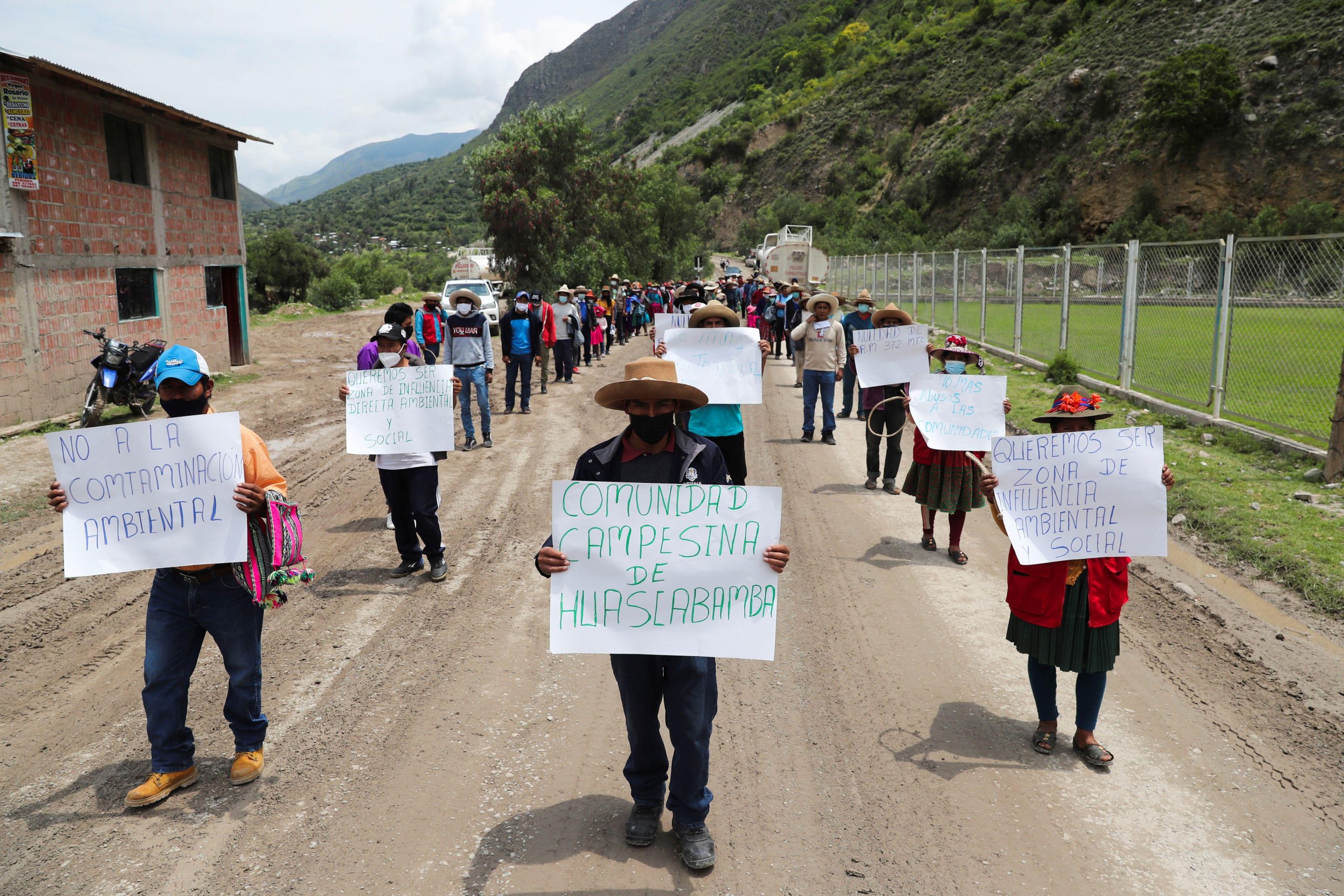
This same concern holds true globally, meaning that the US will not be able to simply export these environmental tensions beyond its borders. Chile, the world’s largest exporter of copper, recently announced the shutdown of a publicly owned copper smelter, with new projects – such as Dominga, a proposed copper and iron mine near a biodiversity hotspot – facing fierce opposition. Meanwhile, in Peru, the world’s second largest copper exporter, operations at the massive Las Bambas mine have been beset by years of conflict and protest.
Arguably, mining is something of a necessary evil given the urgency of the climate crisis. However, promoting it while it is still a polluting and conflict-filled industry means that we would be placing the fate of a clean and just energy transition in an industry that is neither clean nor just. Moreover, even if substituting fossil fuels for mineral-intensive clean technologies means a reduction in greenhouse gas emissions, stopping climate change demands carbon neutrality. Current industry practices, however, make mining a non-negligible contributor to carbon accounts, at around 8% of global emissions, meaning that the mining industry not only needs to expand, but must decarbonise while doing so.
Solutions in circularity and efficiency
Reducing the reliance upon raw minerals and the need for new mines could go some way to reducing the tensions outlined above. This would release pressure from mining supply chains and lessen the burden of socio-environmental conflicts. What if demand for raw materials wasn’t so high in the first place? This would reduce the problem even further. The circular economy and efficiency are two paradigms that can help achieve this.
The first involves a shift from linear take-make-waste approaches, to circular economy ones, where minerals are recycled and reused. This implies strengthening circularity rates at the end of life, and processing capacity, but more importantly, incorporating circular economy design principles when technologies are being created, making it easier for those minerals to be reintegrated into the economy. However, if the demand for minerals stays as high as projected, not even 100% recycling rates may be able to cover it. So how about reducing demand?
An efficiency-first approach could diminish the need for energy in buildings, vehicles and industry, and lower mining supply-chain tensions
Mineral demand could be much smaller if more consideration is put on the services these policies intend to provide. In the case of energy, efficiency measures, and an efficiency-first approach, could diminish the need for energy in buildings, vehicles and industry, drastically reducing – or even eliminating – the USA’s reliance on fossil fuels, achieving the Paris Agreement’s targets, and contributing to lowering mining supply-chain tensions described above.
This also involves going beyond the most intuitive solutions, into creative policy-making that goes at the root of the issue. For example, the city of Cleveland chose to prioritise public transport, and a more cyclable and walkable city, before making a push for EVs. This combats climate and equity issues at the same time. But astonishingly, despite their benefits, public transit, rail, biking and walkable cities are absent from the Inflation Reduction Act.
Hopefully, the act will be one of many examples of climate legislation in the US in the coming years. Future efforts should incorporate an efficiency-first, just transition and circular economy approach, making sure the cures for the climate crisis do not bring their own disease, and that no one is left behind. When it comes to minerals, we should start by asking if we truly need them in the first place, before rethinking where and how we are getting them from.


